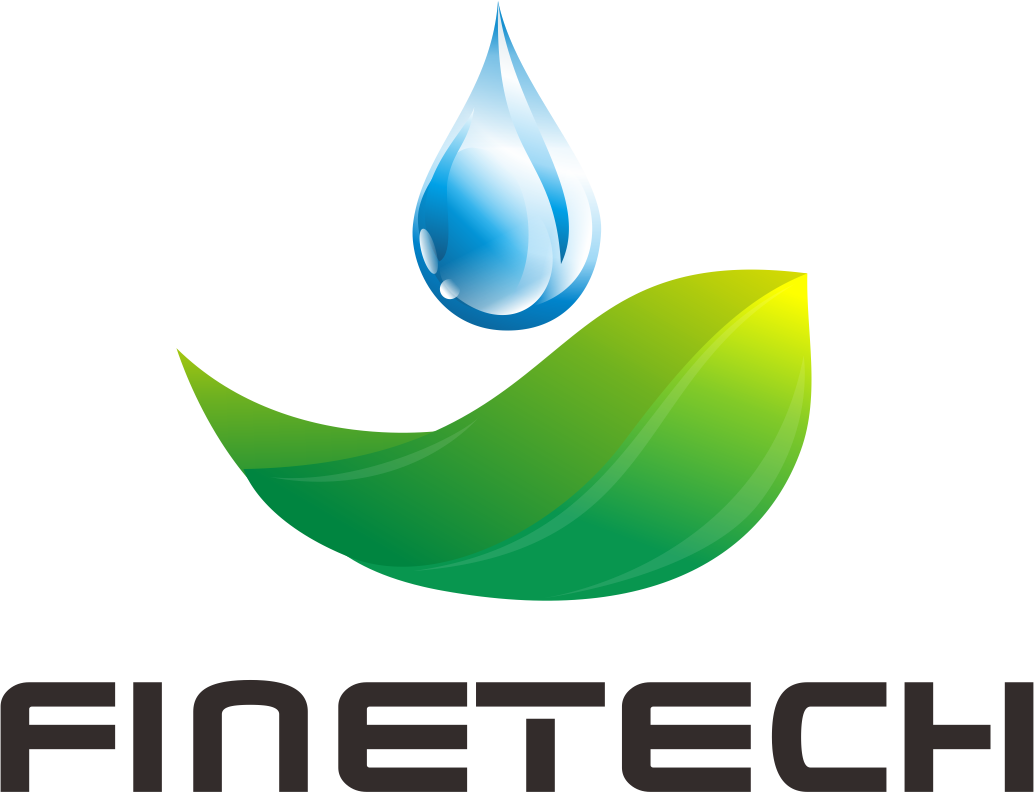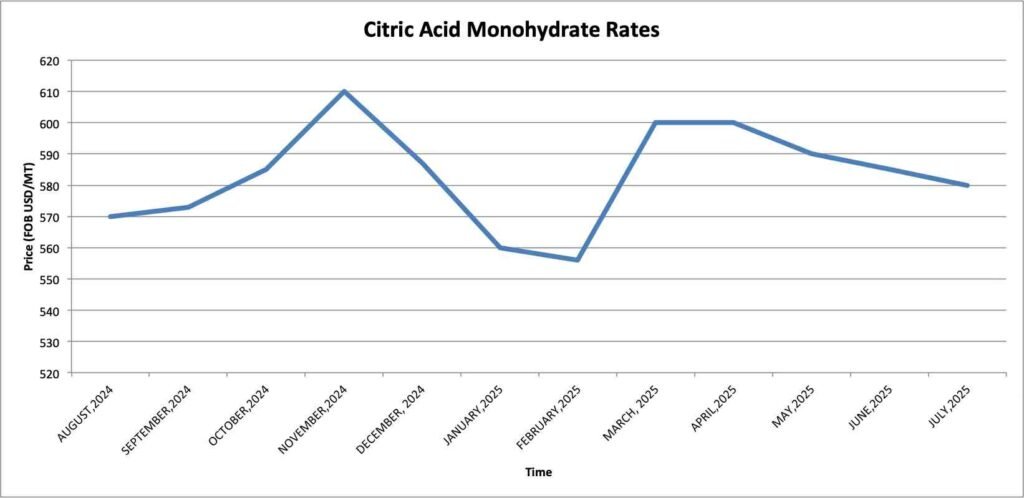Struggling with unpredictable citric acid costs? Need to understand why prices fluctuate so you can budget better? Let's break down the main price drivers.
Citric acid prices are mainly driven by corn prices (raw material), Chinese government policies (production/energy), global shipping costs, and overall market supply and demand.
At FINETECH, I track these price changes daily. Buyers need competitive, predictable pricing for their business. Understanding why prices change is the first step to smart buying. Let's look at the key factors.
How do corn prices change Citric Acid costs?
What does corn have to do with your citric acid price? How much does this crop impact your final cost? Let's check the link.
Corn is the main raw material for making citric acid. When corn prices change, the factory's production cost changes, and this is passed on to the final buyer.
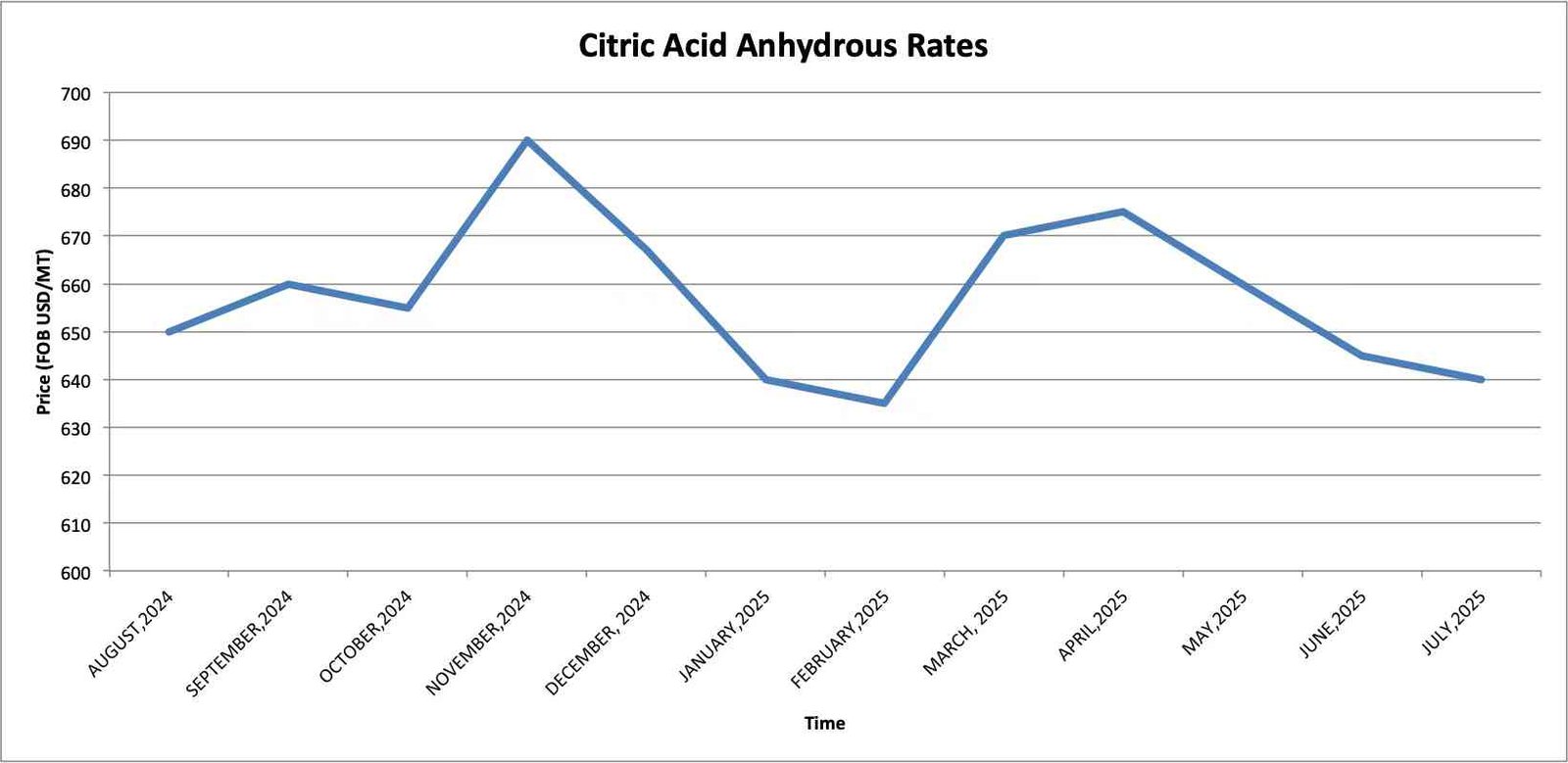
The link is direct. Citric acid is made from fermented corn. So, the corn price is the biggest factor in the factory's cost.
- Direct Cost: Higher corn prices mean higher production costs and thus higher citric acid prices. Lower corn prices allow for lower citric acid prices.
- Corn Price Factors: Corn prices themselves are affected by harvest yields, government farm policies, and demand from other industries like animal feed and ethanol.
- Market Dynamics: A bad corn harvest in China or high demand from the feed industry will drive up citric acid costs.
Basically, if you want to predict citric acid prices, watch corn prices.
Why do China's policies impact Citric Acid pricing?
Think factory costs are just materials? Government policies in China can change citric acid prices overnight. Here's how.
China's environmental, energy, and export policies directly impact factory operating costs and supply. Stricter rules often mean less production and higher prices.
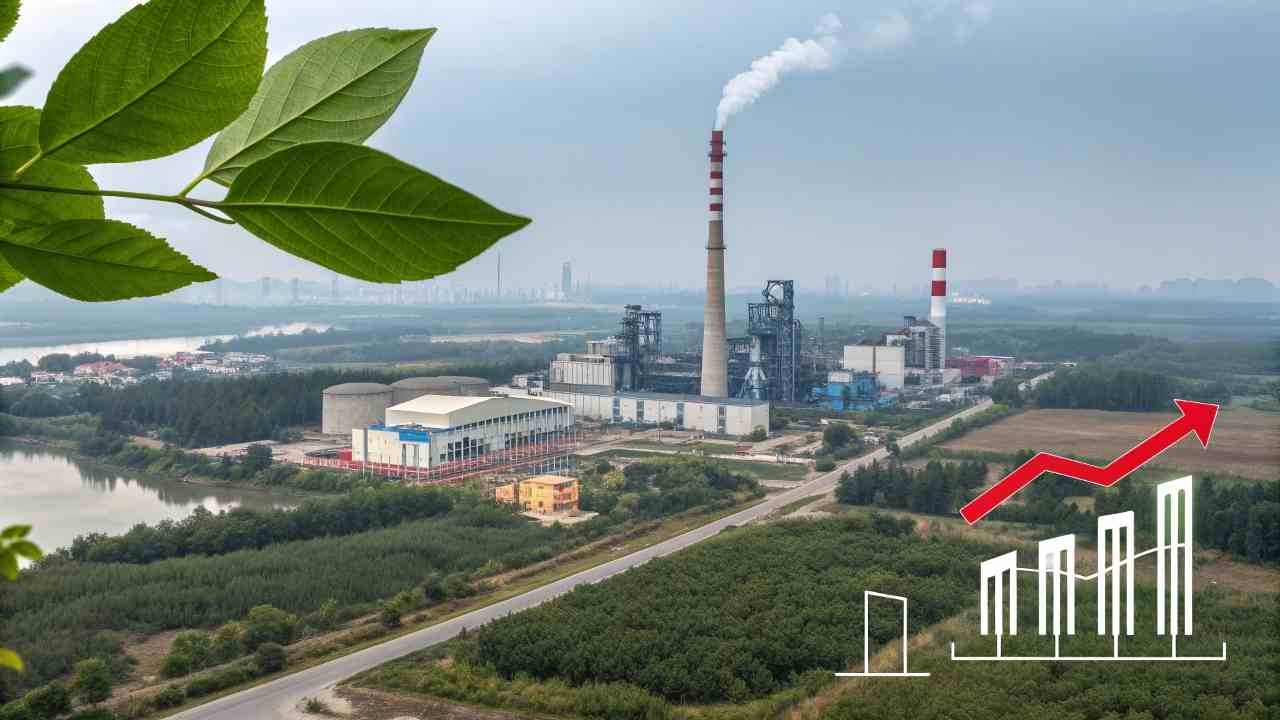
Since China is the world's main producer, its domestic policies have a global effect.
- Environmental Rules1: Stricter pollution controls increase factory costs. Temporary shutdowns to improve air quality (especially in winter) slash supply and cause prices to spike.
- Energy Control: Power rationing to meet energy consumption targets can force factories to reduce output, cutting supply and raising prices.
- Export Policies2: Changes to export tax rebates can increase the final cost for international buyers.
Policy changes are a major source of price volatility. At FINETECH, we monitor these to help clients navigate the market.
How much do shipping costs add to Citric Acid?
Got a great factory price? Don't forget shipping. How much does ocean freight really add to your final cost per ton?
Ocean freight adds a significant, volatile cost. A 20ft container can range from $1,000 to over $10,000 depending on the route and market, adding $40 to $400+ per ton.
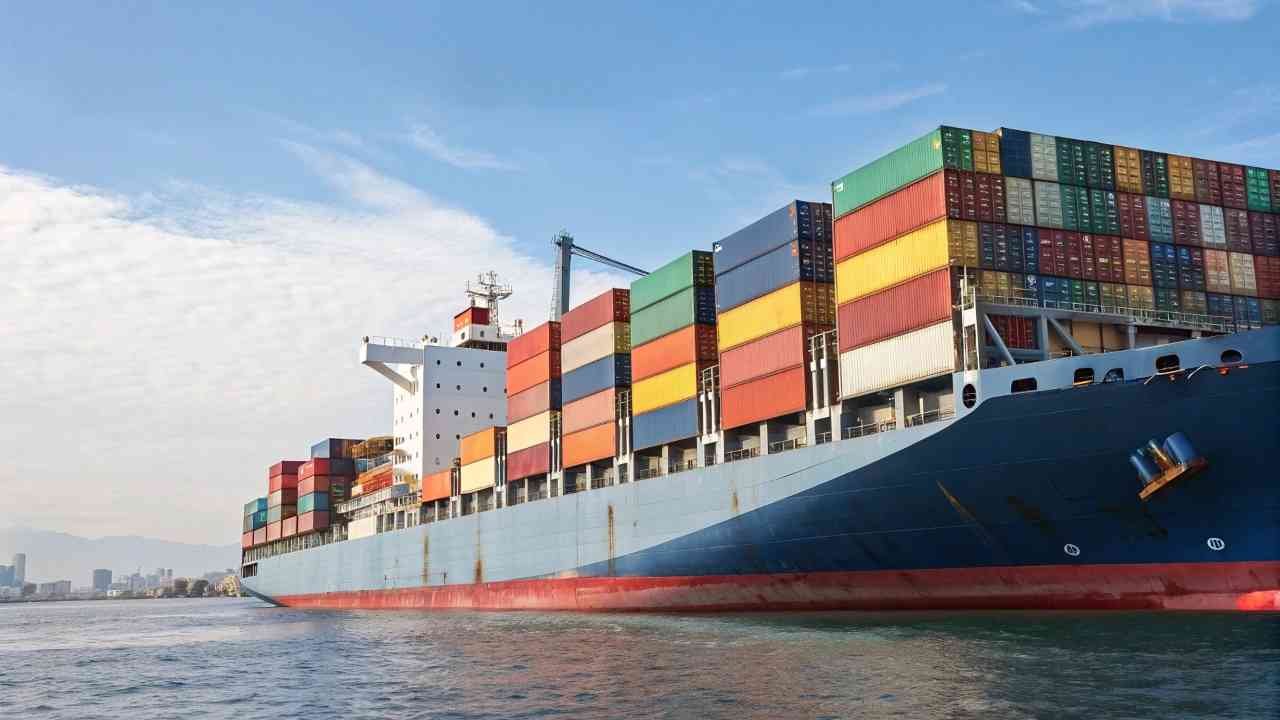
The factory price (FOB) is just the start. Your real cost includes shipping (CFR/CIF). This cost is highly unstable.
- Volatility Drivers3: Rates are affected by container availability, vessel space, fuel prices, and global events (e.g., port congestion, conflicts).
- Cost Impact4: A low freight market might add $80/ton to your cost. A high freight market could add $320/ton or more. This swing can be bigger than the price change of the citric acid itself.
Managing logistics is critical. A partner like FINETECH leverages relationships with forwarders to find competitive and reliable shipping options, giving you a clear breakdown of the total landed cost.
How does "clean label" trend affect Citric Acid?
Hearing about "clean labels"? Does this trend affect a basic ingredient like citric acid? Yes, it does.
The "clean label" trend boosts demand for citric acid as a natural-sounding preservative and acidulant. It also drives a premium-priced market for non-GMO citric acid.

Consumers want simple, recognizable ingredients. Citric acid benefits from this trend in two ways:
- Natural Alternative5: Its name sounds like it comes from citrus fruit. Manufacturers use it to replace artificial-sounding preservatives (like sodium benzoate) and acidulants (like phosphoric acid). This increases overall demand.
- Non-GMO Demand: A key part of "clean label" is avoiding GMOs. Since standard citric acid comes from GMO corn, there's a growing market for certified non-GMO citric acid6. This requires a more expensive, segregated supply chain, so it sells at a significant price premium.
The trend supports the base price of all citric acid and creates a higher-priced tier for non-GMO versions.
How to get competitive Citric Acid pricing?
Ready to buy and want the best price? What's the strategy for getting a good deal? Here's the most effective approach.
To get competitive pricing, buy in larger volumes (FCL), build long-term relationships, monitor market trends, and work with a sourcer like FINETECH who has strong factory leverage.

A good price comes from a smart purchasing plan.
- Leverage Volume: Order a Full Container Load (FCL, 20-25 tons) to get the best per-ton price.
- Build Relationships: Factories give better prices to loyal, long-term customers. A partner like FINETECH has this relationship already due to our high volume. We pass that pricing power to you.
- Strategic Timing: Watch corn and freight price trends. Buy when costs are in a dip, not during peak seasons.
- Partner Up: Working with a high-volume sourcer gives you the negotiating power of a much larger buyer.
Combining these strategies will help you secure the best possible pricing.
Conclusion
Citric acid prices are moved by corn, Chinese policies, and shipping. Understanding these factors and working with a strong sourcing partner are the keys to achieving competitive, predictable pricing.
-
Understanding the impact of environmental regulations can help businesses adapt and strategize in a changing market. ↩
-
Exploring export policies can provide insights into cost structures and help businesses navigate international markets effectively. ↩
-
Understanding these drivers can help you anticipate cost changes and make informed shipping decisions. ↩
-
Exploring this topic will provide insights into managing your shipping budget effectively. ↩
-
Discover why citric acid is considered a natural alternative to artificial preservatives and how it benefits consumers. ↩
-
Explore this link to understand the advantages of non-GMO citric acid and its impact on health and sustainability. ↩
